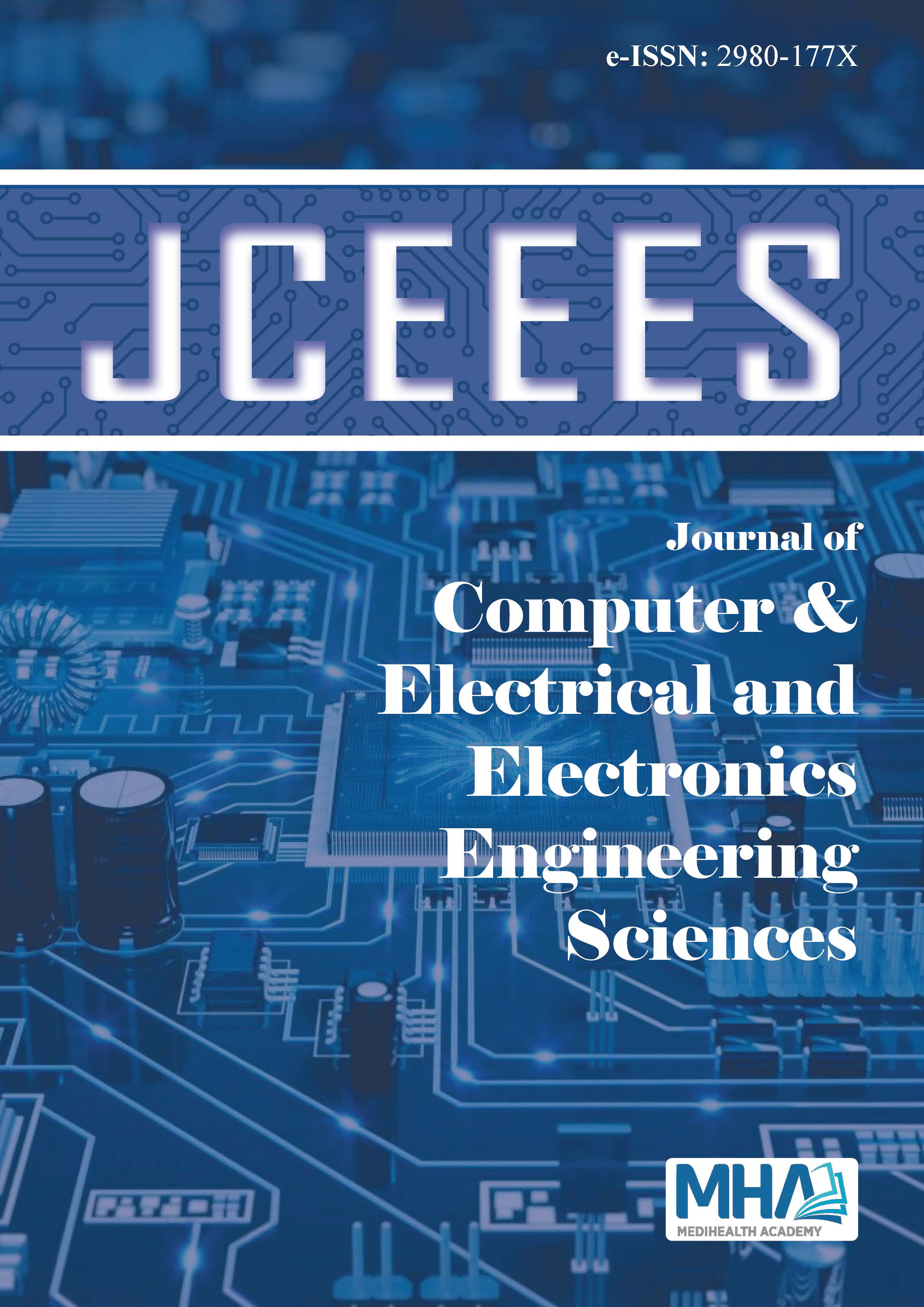1. NREL (National Renewable Energy Laboratory), “http://www.nrel.gov”.
2. Akbaba, M. (2006). Optimum matching parameters of an MPPT unit used for a PVG-powered water pumping system for maximum power transfer. <em>Int J Energy Res,</em> 30(6), 395-409.
3. Brambilla, A., Gambarra, M., Garutti, A., & Ronchi, F. Optimum matching parameters of an MPPT unit used for a PVG- powered water pumping system for maximum power transfer. In proceedings of the 30th Power Electronics Specialists Conference, Charleston, USA, 1999, vol. 2, pp. 632-637.
4. Kulaksiz, A.A., & Akkaya, R. (2012). Training data optimization for ANNs using genetic algorithms to enhance MPPT efficiency of a stand-alone PV system. <em>Turk J Electr Engineer Comput Sci,</em> 20(2),241-254.
5. Ali, A., Almutairi, K., Padmanaban, S., Tirth, V., Algarni, S., Irshad, K., ... & Malik, M. Z. (2020). Investigation of MPPT techniques under uniform and non-uniform solar irradiation condition-a retrospection. <em>Ieee Access,</em> 8,127368-127392.
6. Motahhir, S., El Hammoumi, A., & El Ghzizal, A. (2020). The most used MPPT algorithms: review and the suitable low-cost embedded board for each algorithm. <em>J Clean Product, </em>246,118983.
7. Yang, B., Zhu, T., Wang, J., Shu, H., Yu, T., Zhang, X., ... & Sun, L. (2020). Comprehensive overview of maximum power point tracking algorithms of PV systems under partial shading condition. <em>J Clean Product,</em> 268,121983.
8. Shankar, N., & Saravana Kumar, N. (2020). Reduced partial shading effect in multiple PV array configuration model using MPPT based enhanced particle swarm optimization technique. <em>Microprocessor Microsyst,</em> 103287.
9. Karami, N., Moubayed, N., & Outbib, R. (2017). General review and classification of different MPPT Techniques. <em>Renewabl Sustainabl Energy Rev,</em> 68,1-18.
10. Rezk, H., Fathy, A., & Abdelaziz, A.Y. (2017). A comparison of different global MPPT techniques based on meta-heuristic algorithms for photovoltaic system subjected to partial shading conditions. <em>Renewabl Sustainabl Energy Rev,</em> 74,377-386.
11. Hasanah, R.N., Setyawan, A.B., Maulana, E., Nurwati, T., & Taufik, T. (2020). Computer-based solar tracking system for PV energy yield improvement. <em>Int J Power Electr Drive Syst, </em>11(2),743.
12. Zegrar, M., Benmessaoud, M.T., & Zerhouni, F.Z. (2021). Design and implementation of an IV curvetracer dedicated to characterize PV panels. <em>Int J Electr Comput Engineer, </em>11(3),2011.
13. De Riso, M., Matacena, I., Guerriero, P., & Daliento, S. (2024). A wireless self-powered I-V curve tracer for on-line characterization of individual PV panels. <em>IEEE Transact Industr Electr,</em> 71(9),11508-11518.
14. Akbaba, M. (2007). Matching induction motors to PVG for maximum power transfer. <em>Desalination,</em> 209(1-3),31-38.
15. Türk, F. (2024). Investigation of machine learning algorithms on heart disease through dominant feature detection and feature selection. <em>Signal Imag Video Proces,</em> 18(4),3943-3955.
16. Turk, F. (2024). RNGU-NET: a novel efficient approach in segmenting tuberculosis using chest X-Ray images. <em>Peer J Comput Sci,</em> 10,e1780.
17. Voutsinas, S., Karolidis, D., Voyiatzis, I., & Samarakou, M. (2023). Development of a machine-learning-based method for early fault detection in photovoltaic systems. <em>J Engineer App Sci,</em> 70(1),27.
18. González, I., Portalo, J.M., & Calderón, A.J. (2021). Configurable IoT open-source hardware and software IV curve tracer for photovoltaic generators. <em>Sensors,</em> 21(22),7650.
19. Sardar, R.H., Bera, A., Chattopadhyay, S., Ali, S.I., Pramanik, S., & Mandal, A.C. (2024). The impact of series (Rs) and shunt resistances (Rsh) on solar cell parameters to enhance the photovoltaic performance of f-PSCs. <em>Optical Materials,</em> 155,115818.
20. Hocine, L., Samira, K.M., Tarek, M., Salah, N., & Samia, K. (2021). Automatic detection of faults in a photovoltaic power plant based on the observation of degradation indicators. <em>Renewable Energy,</em> 164,603-617.
21. Oliva, D., Cuevas, E., & Pajares, G. (2014). Parameter identification of solar cells using artificial bee colony optimization. <em>Energy,</em> 72,93-102.
22. Appelbaum, J., & Sarma, M.S. (1989). The operation of permanent magnet DC motors powered by a common source of solar cells. <em>IEEE Transact Energy Convers,</em> 4(4),635-642.
23. Saied, M.M. (1988). Matching of DC motors to photovoltaic generators for maximum daily gross mechanical energy. <em>IEEE Transact Energy Convers,</em> 3(3),465-472.
24. López-Lapeña, O., Penella, M.T., & Gasulla, M. (2009). A new MPPT method for low-power solar energy harvesting. <em>IEEE Transact Industr Electr,</em> 57(9),3129-3138.
25. Akbaba, M., & Alattawi, M.A. (1995). A new model for I-V characteristic of solar cell generators and its applications. <em>Solar Energy Mater Solar Cells,</em> 37(2),123-132.
26. Goksenli, N., & Akbaba, M. (2016). Development of a new microcontroller based MPPT method for photovoltaic generators using Akbaba Model with implementation and simulation. <em>Solar Energy,</em> 136,622-628.

